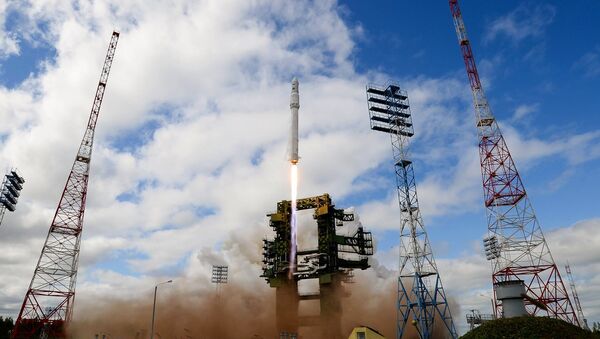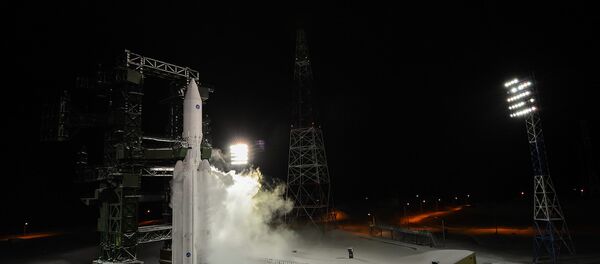The Khrunichev Center decided to move Angara's manufacturing to a location better suited for this rocket family. "We feel major backing from the governor and mayor of Omsk. They help us develop housing programs to support our personnel and provide learning opportunities at local universities," Kalinovsky told the Vedomosti newspaper.
But it is the breakthrough management of the manufacturing process that makes all the difference with regard to cutting production costs. Angara was designed as a modular rocket with interchangeable components used to produce its two first two stages. "The modular design allows us to use an assembly line," Kalinovsky explained.
According to the head of the Khrunichev Center, the new manufacturing process is the most efficient and will provide the highest possible return on investment.
Successful Angara-5 launch opens new page in #Russia's #space exploration | http://t.co/3bOeXC9hDt | #ecofriendly pic.twitter.com/gMf11rZgwu
— Russian Embassy, UAE (@RusEmbassyUAE) 23 декабря 2014
The Angara rocket family is designed to provide lifting capabilities of between 2,000 and 40,500 kilograms (about 4,400 and 89,200 lbs) into low Earth orbits. It has been in development since 1995.
The first test of the Angara-1.2PP rocket took place on July 9, 2014. The Angara rocket family is expected to become fully operational in early 2020s. The space launch vehicles will replace the Proton carrier rockets.
The #Angara family. #AngaraA5 #Angara5 (in the middle here) will launch today with any luck in just under 10 hours. pic.twitter.com/8D1jOrNqiy
— SpaceShuttleAlmanac (@ShuttleAlmanac) 22 декабря 2014


